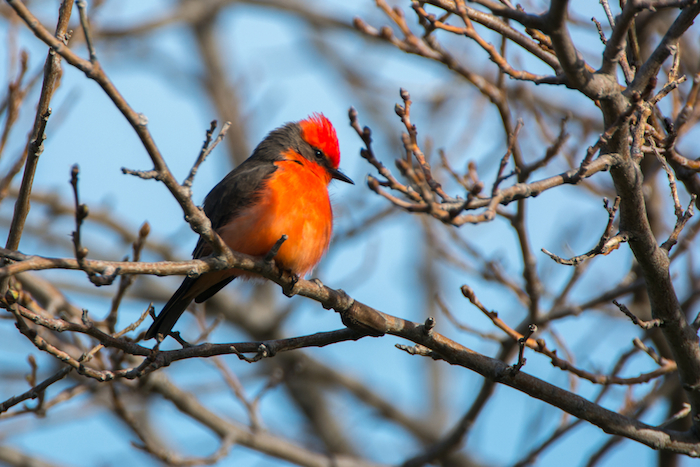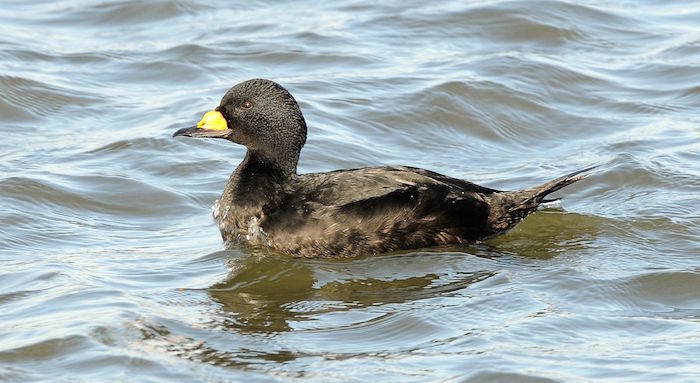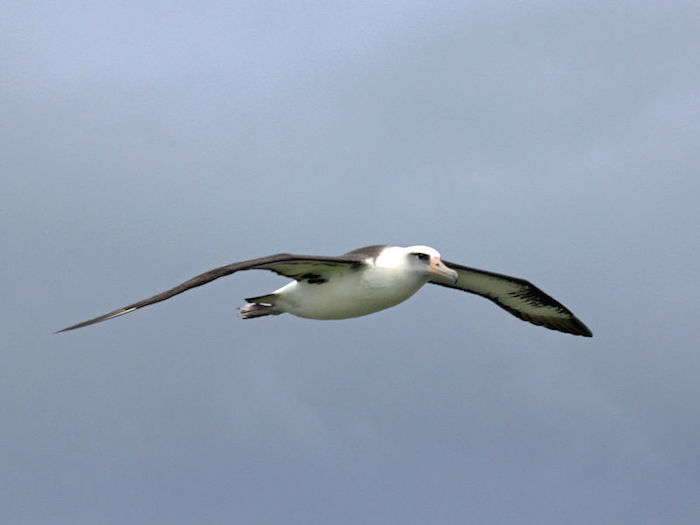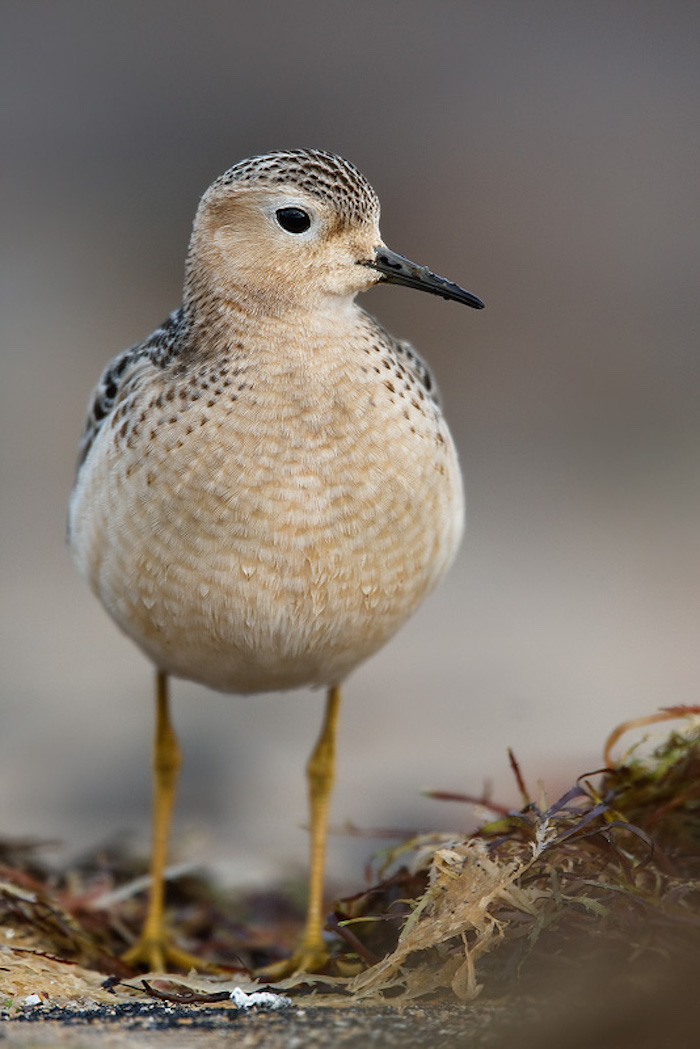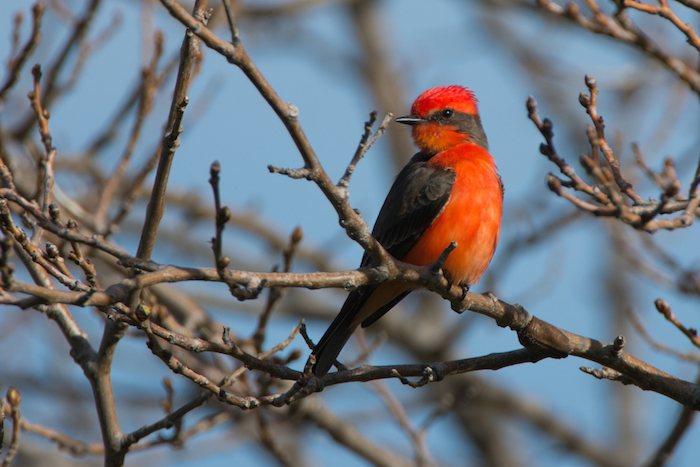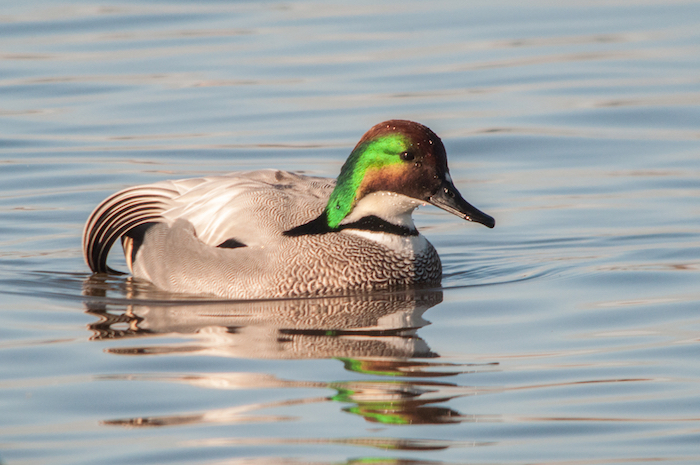Our youth/beginner bird walks are conducted on the first Saturday throughout the year. Wintu Audubon can provide binoculars and field guides. Call Dan Greaney, 276-9693, with questions or for more information. Please remember that we now assemble at the Venture Properties parking lot. Take the first left before the Redding Civic Auditorium.
Tag Archives | birding
20th Annual Central Valley Birding Symposium
The Central Valley Bird Club will be hosting the 20th Annual Central Valley Birding Symposium Nov. 17-20, 2016, at the Stockton Hilton Hotel in Stockton, CA. Please join us for this special 20th anniversary CVBS! Come meet the board and staff members! Reconnect with old friends and meet new ones! Enjoy the scrumptious Hors D’oeuvres buffet & No Host Bar on Thursday night.
The CVBS gets off to a great start with Thursday Night’s Keynote speaker, professional bird photographer Bob Steele, presenting a program on “Birding in the Central Valley Over the Past 20 Years”.
Friday Night’s keynote program is presented by Kimball Garrett on “The Central Valley’s Prominent Place in the Past and Present of California Field Ornithology “.
Saturday Night’s keynote program is presented by Ed Harper and friends on “Celebrating 20 Years of the CVBC and the CVBS.”
Workshops include: “Specimen Workshop” with Andy Engilis, “Convincing Details and Other Birding Fiction” by Joe Morlan, “Challenging Shorebirds ID Workshop“ by Jon Dunn, and “CVBC/CVBS Studies in Review”, a series of 15-20 minute programs by Dan Airola and Ed Pandolfino. Plus, attend informative workshops by Bob Steele (Image Editing), Keith Hansen (Bird Sketching), Sal Salerno (Beginning Birding) and Jim Burcio (Carving).
Field trips, offered Friday, Saturday and Sunday, always turn up exciting birds. Add in the entertaining and educational Bird ID Panel, the wonderful display of art and gifts at the Birder’s Market and the camaraderie of hundreds of like-minded folks, and you know you’ll have a good time! There’s something for everyone interested in birds. Come and join us to bird, learn, and just have fun!
Bird Vacation Season is Now
Winter is not yet chasing birds southward, but it’s late summer, and the nesting season is pretty much done. This is slack time, a time to relax, to vacation. For empty-nesters and fledglings of many species, this is a time to go traveling.
Where do they go? Bird-watching field guides have long offered range maps, showing winter ranges and summer ranges in different colors. Now, with more data informing the range maps, a variety of colors and dotted lines try to illustrate normal migration routes.
But some birds just aren’t routine. They travel outside the lines.
In biology, these wanderers are known as vagrants. Because they fly, birds are particularly capable of vagrancy, and this can make for pleasant surprises in local parks and ponds.
Vagrants often are young birds who, having strayed from their species’ tried and true, may stay in a strange land for a long time. Black Scoters, for instance, are ocean ducks that nest along the north and west coasts of Alaska. In 2011-12 a young Black Scoter lived at Turtle Bay East and Kutras Lake for a full year.
Sometimes illness or injury can send a bird awry. In 1991, a Laysan Albatross, which normally soars far and wide over the Pacific Ocean and nests in Hawaii or the Philippines, turned up at Whiskeytown Lake. The bird had had some run-in with people, however. It had a dab of red paint on its forehead, and died days after arriving.
Storms may blow birds off course, or sometimes their magnetic sense of north seems to get reversed. Or some birds just seem to wander more than others. Indigo buntings—yes, they’re a deep purple-blue—nest in the eastern US and winter in Central America and Cuba, but we have had visits to Whiskeytown Lake and to the Clear Creek Water Treatment Plant. The Water Treatment Plant also hosted a 2013 September stop by a wayward Buff-breasted Sandpiper, which normally flies down the Mississippi River from its Arctic Ocean nest to its winter home in Argentina.
Also in 2013 a Black-capped Chickadee, common all along the Canadian border and down to the mountains north and west of us, showed up at a Redding backyard feeder.
The flame-brilliant Vermilion Flycatcher lives in South America and up to as far north as Southern California, but this past winter one spent a few weeks at the Maxwell Cemetery, with his own bright plumage complementing the cut flowers there.
Tufted ducks—paddlers with jazzy fifties-style ponytails–normally live in Japan and the Koreas, but one visited Redding in 2006. Another colorful traveler from east Asia, a Falcated Duck, has wintered at the Colusa Wildlife Refuge in four of the last six years, attracting a small horde of humans in its wake.
Vagrancy in birds comes with both benefits and risks. Among the benefits, vagrants may help mix genes among separate populations, enriching the genetic health of the species. If they establish themselves in a new area, they expand their species’ range, supporting a new area’s vitality with a robust and stabilizing diversity.
On the negative side, vagrants may spread disease such as West Nile virus, or otherwise threaten existing species, as common ravens are certain to do by preying on nestlings as they expand into the Far North.
But for bird-watchers, vagrants are mostly a treat, a chance to witness the variety of life’s beauties here in our own neighborhood.
McArthur-Burney Falls State Park Heritage Day
McArthur-Burney Falls State Park presents a celebration of life in the Intermountain Area of Shasta County in the 1870s. Wintu Audubon will participate with a bird walk at 9:30 a.m lead by George Horn and Linda Aldrich. We may see several woodpecker species—White-headed, Hairy, and even a Pileated, Red-breasted Nuthatch and a Northern Goshawk. Dave Ledger of the Shasta Chapter of the California Native Plant Society will lead a native plant walk on Heritage Day as well. He will start at 11 a.m. We expect that some folks would want to go to both. Wintu has helped develop an updated bird list; it should be organized into a new pamphlet and prepared for distribution by Heritage Day. Dave Ledger is working on a native plant list. He will bring copies of the list for his walk on Heritage Day.
Stay for Heritage Day activities from noon to 4:00 that include participating in candle making, saw bucking, branding, apple squeezing, pine doll making as well as exhibitions including blacksmithing. Fiddle music livens the scene and food is available for sale. Entrance to the park is free on that day. Assemble at the small parking area at the corner of Washington Ave. and Park Marina Drive. Eastern Shasta County participants can meet us in the Safeway parking lot in Burney at 9:00.
Winter Wings Festival 2016 – Registration Now Open
Klamath Falls, Oregon, Headquarters – Oregon Tech
The 2016 Winter Wings Festival is open for registration! Enjoy winter birding and photography at its best in the scenic Klamath Basin located in Southern Oregon and Northern California. We are consistently rated as one of the best organized and friendliest festivals you will find. Come experience it for yourself at our 37th festival!
Enjoy close-up looks at raptors, such as Golden Eagles, Ferruginous Hawks, Rough-legged Hawks, both Peregrine and Prairie Falcons, as well as other Basin specialties like White-headed Woodpeckers, Black-crowned Night-Herons, Sandhill Cranes, and Northern Shrikes.
February is a great month to see thousands of migrating waterfowl on the Pacific Flyway. And we’re at the heart of the flyway where more than a million waterfowl migrate through each year. Cackling, Snow, Ross’s, and Greater White-fronted Geese are abundant and as many as 20 duck species can be found in a single day.
See Bald Eagles in town, at the refuges, and pretty much everywhere! About 500 eagles winter here. Go out on one of our field trips and you may even see a leucistic Bald Eagle that sometimes visits the Basin
You can see the festival and activity schedule here and you can register now here.

